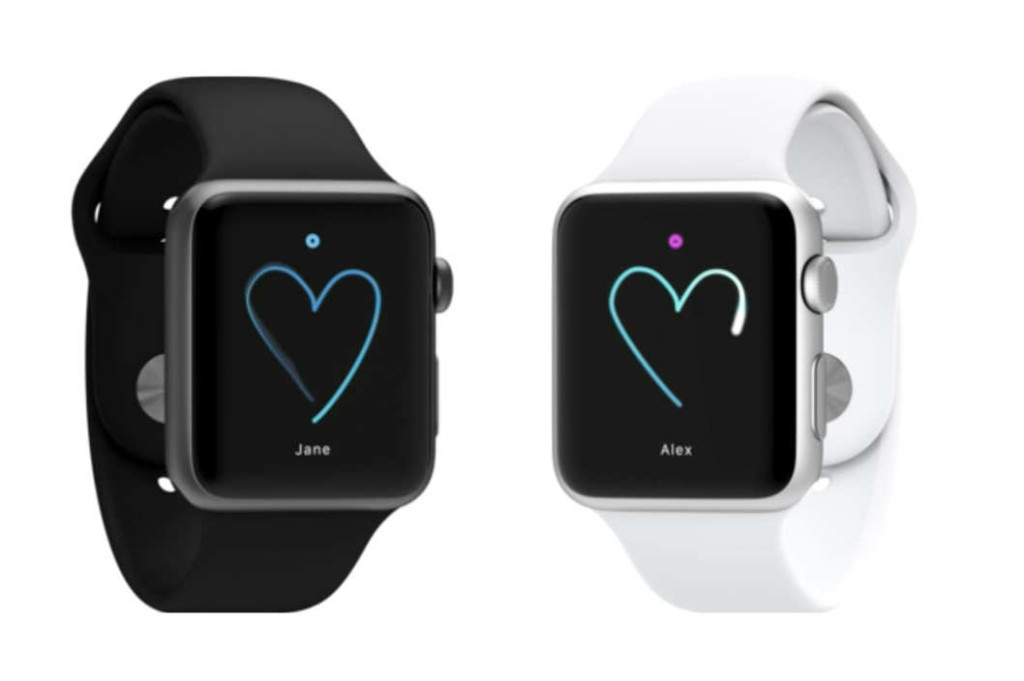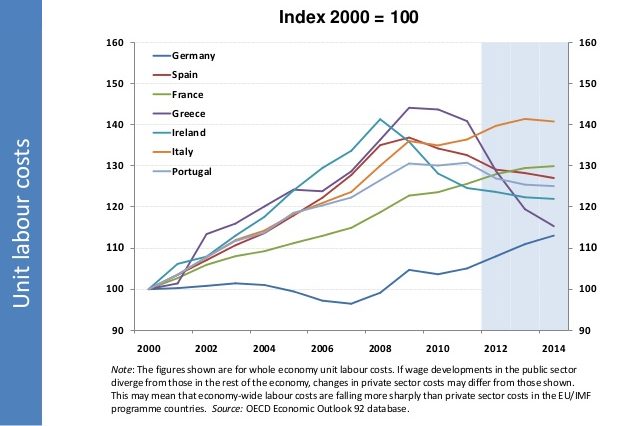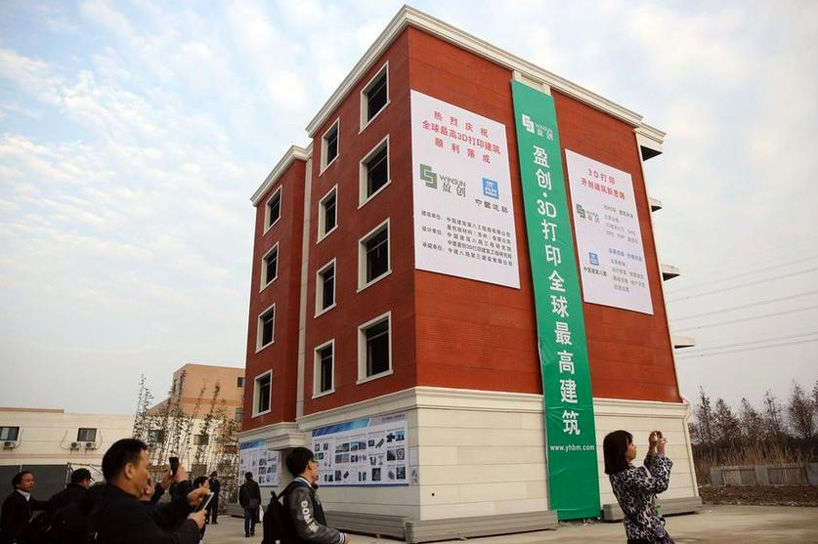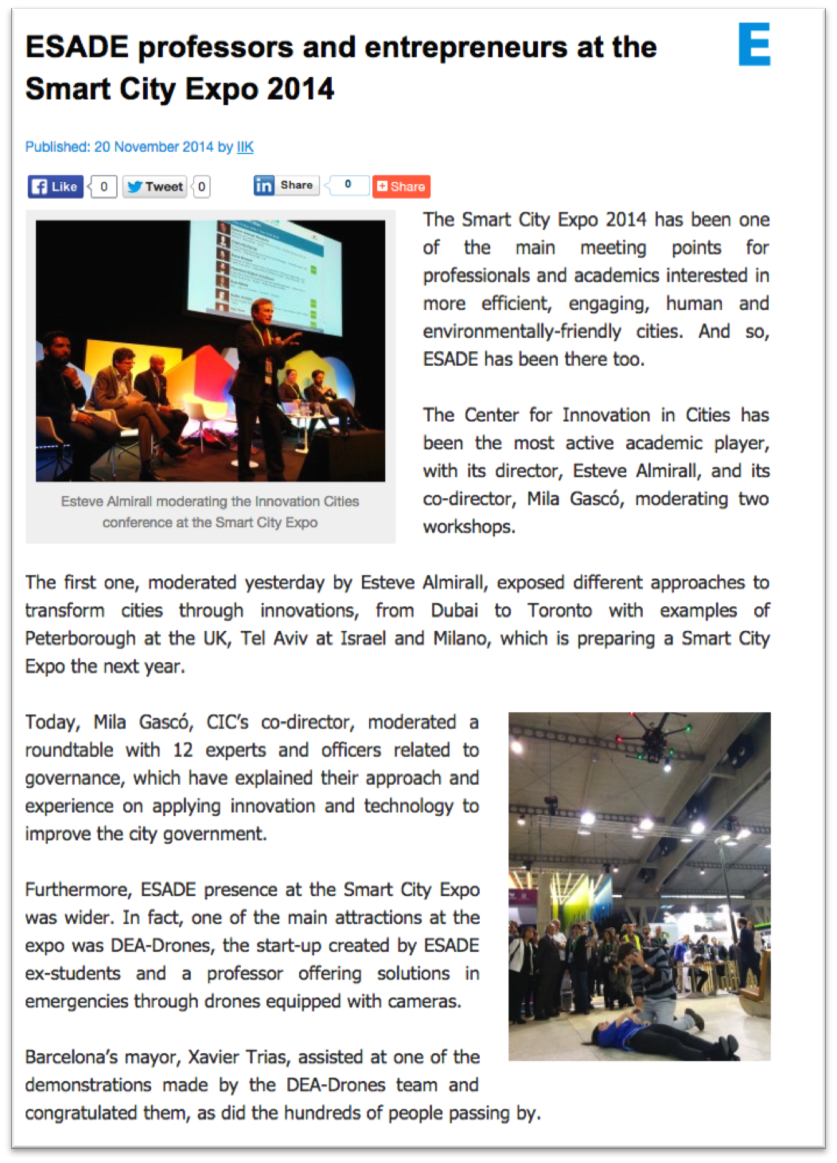I am one of these early adopters that are responsible for financing the innovation of products and companies contributing to what we call progress. Therefore, I always believed that our social function should be rewarded somehow, at least with discounts or buy back options for all these products that end up pretty fast in the closet.
Of course, I bought an Apple Watch !! you knew that already, didn’t you? and I thought it could be a good idea to share with you my thoughts about it. You will probably are going to end up buying one, so it might interest you and besides it, it’s a kind of nice post for summer.
Before we start, please take note that it is a great product for networking ! Maybe because its adoption rate is being slow – no data so far -, maybe because it is not widely known yet, I don’t know … but people ask about it … so networkers of the world, this is your product !
One of the most interesting characteristics of Apple is that it attempts to redefine the meaning of existing products and by doing that, they open new markets where they have the monopoly or almost, of the redefined product increasing its margin nicely.
Probably the clearest example of this is the iPhone. Phones used to be devices that we used to talk to somebody, not anymore, now we do with them everything but talking. The meaning of the term smartphone now could be something like a device to connect to the digital world but nothing about making calls.
Therefore, maybe it will be interesting to analyze the AppleWatch from the perspective of meanings and try to find one if and what will be the new meaning of a watch.




